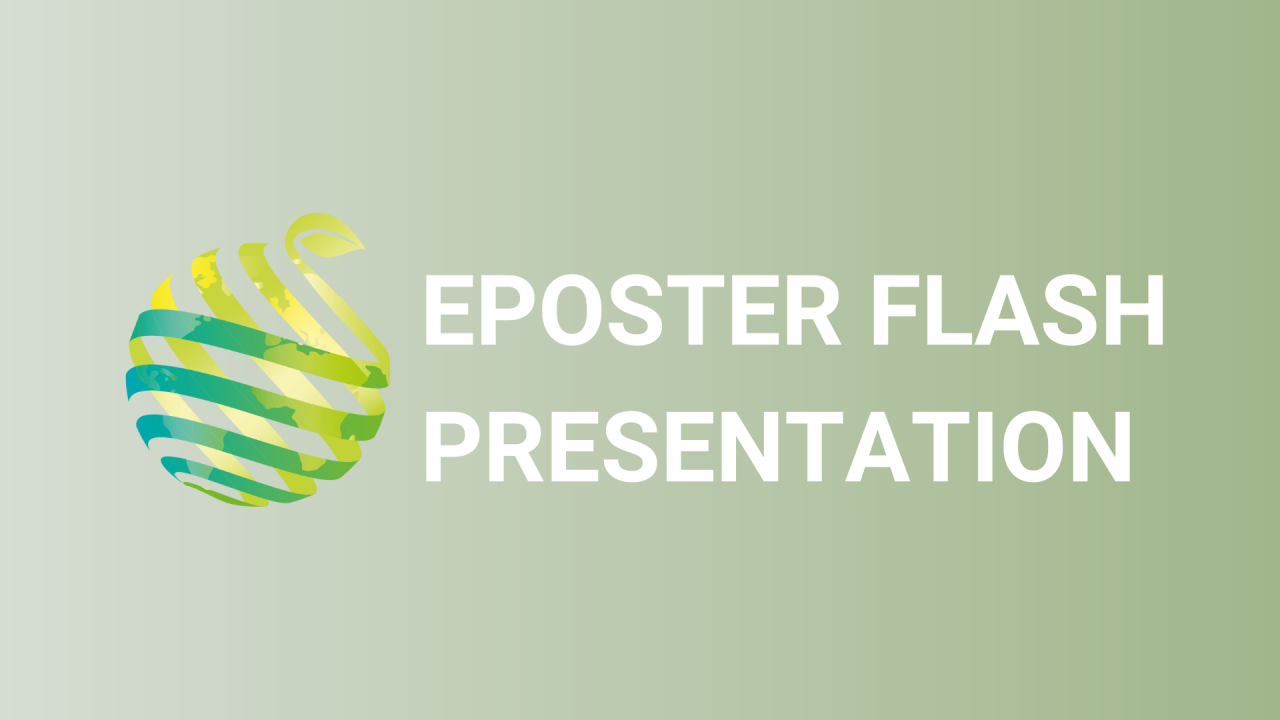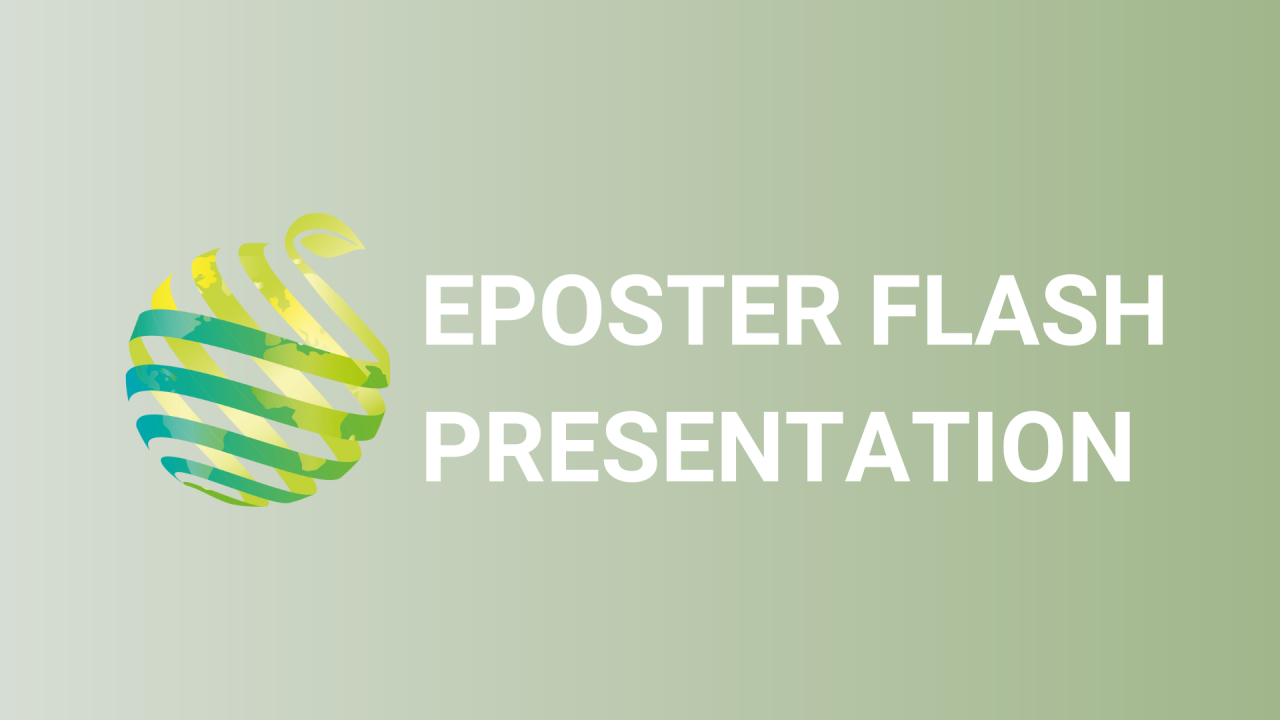

S18 - Session P2 - Development of a digital monitoring system for pear rust and fire blight in fruit orchards
Information
Authors: Stefanie Reim *, Michael Pflanz, Virginia Mass, Johannes Seidl-Schulz, Matthias Leipnitz, Eric Fritzsche, Henryk Flachowsky
The increasing immigrating and spread of quarantine phytopathogens, promoted by changing climate conditions, is a major challenge of European commercial fruit growing and breeding. Control measures usually aim to detect and contain an infestation at an early stage and preventing further spread. However, there are no standardized methods for digitizing pathogens and mapping them on a small scale. Therefore, a digital monitoring system for detection and localization of pathogens in fruit orchards will be developed by the project MONIQUA using fire blight and European pear rust as model pathogens. Fire blight ( Erwinia amylovora ) has been classified as quarantine disease in Europe until January 1, 2020 and remains one of the most dangerous disease in fruit growing. It can spread epidemically, which is why regular controls are mandatory. In contrast, European pear rust ( Gymnosporangium sabinae ) is easily controlled and has little economic importance. However, it has conspicuous yellow-orange disease symptoms that are clearly identifiable. Until now large sets of high spatio-temporal RGB images with species-specific disease symptoms in apple and pear orchards were acquired by low altitude UAV flights. Each symptom was then annotated using the Computer Vision Annotation Tool (CVAT) and used as training data set for the machine learning model. Initially, the focus is on detection of leaf and shoot symptoms. For pear rust different stages of symptom development will also be considered. Furthermore, infested plants will be located accurately within the orchard using novel photogrammetry approach on georeferenced images. The spread of diseases will later be linked with geographic information from weather services. Based on these data a monitoring model will be developed. The long-term goal of the project is the establishment of a high-throughput control system for fruit production and breeding that allows continuous spatial detection and documentation of fruit diseases.